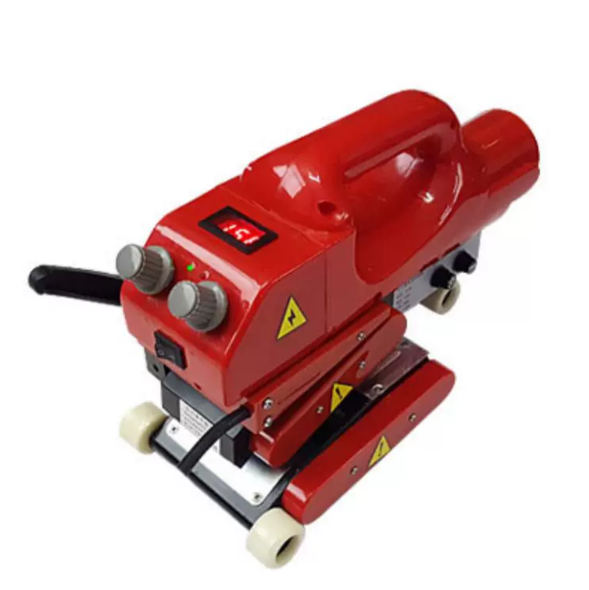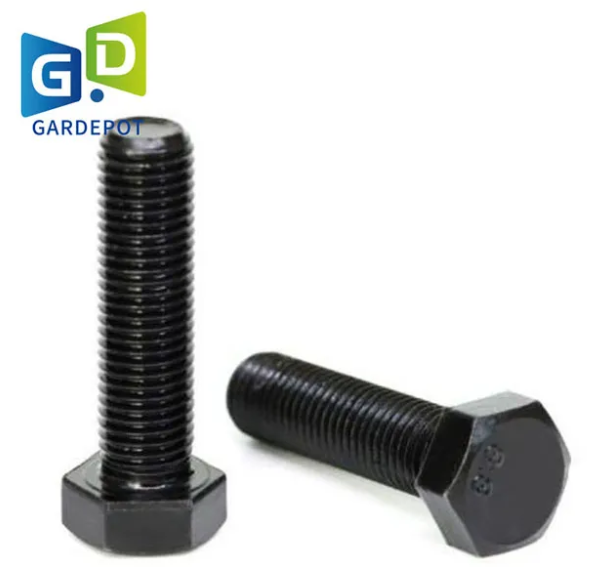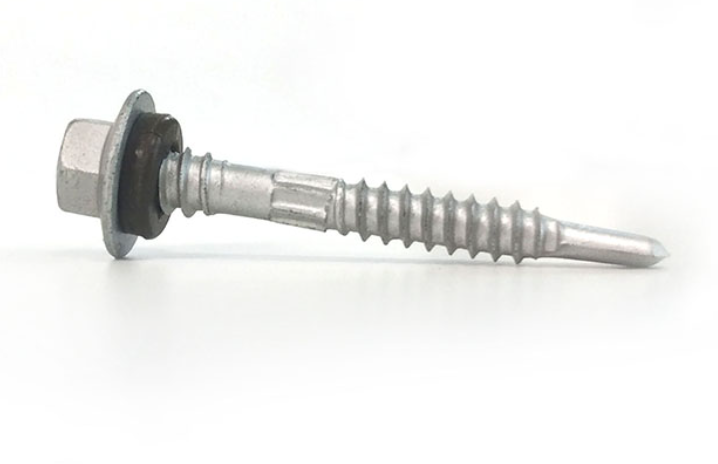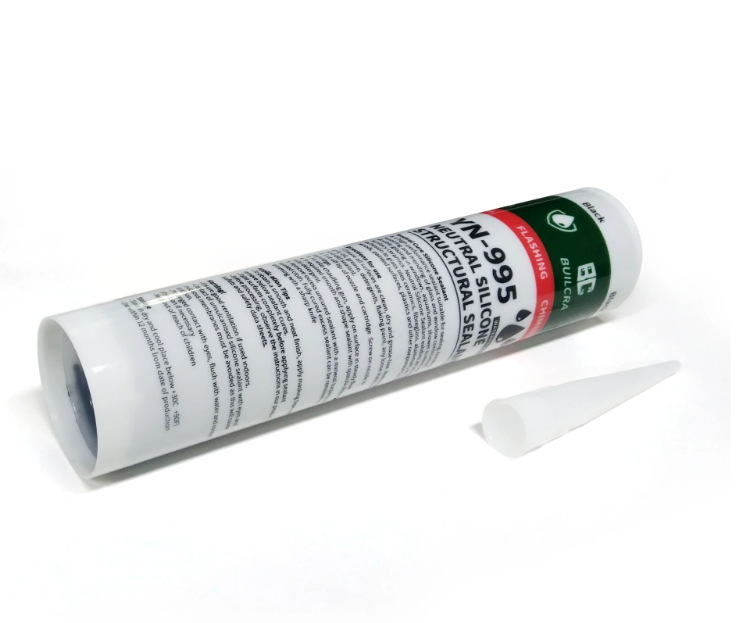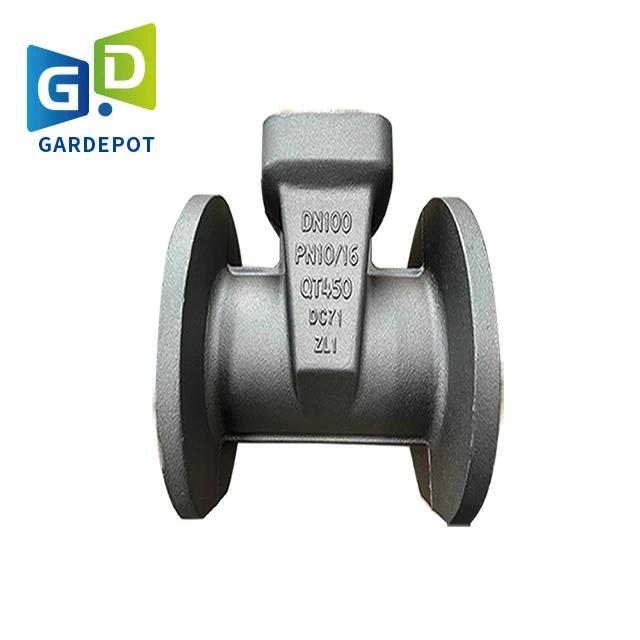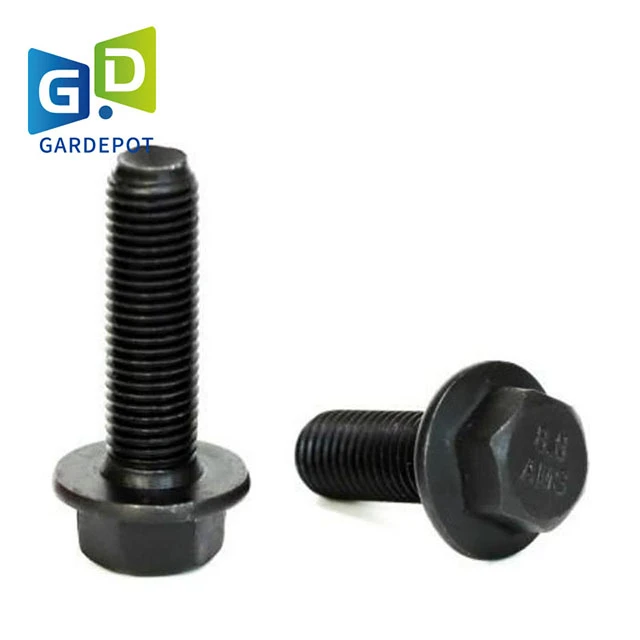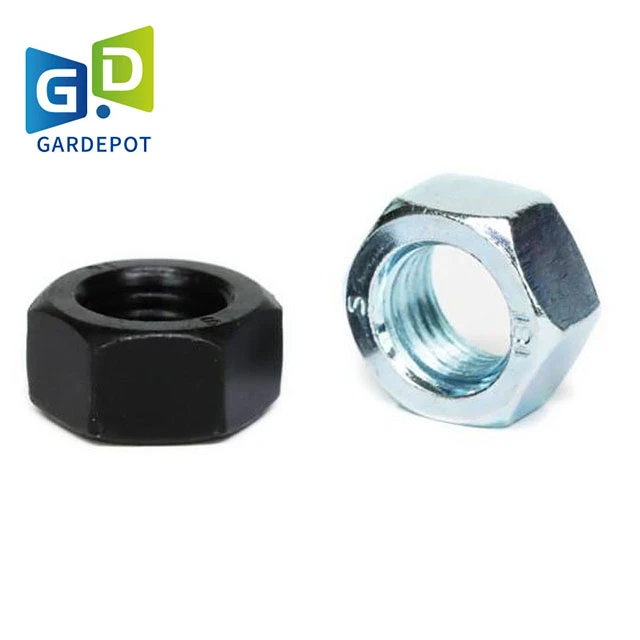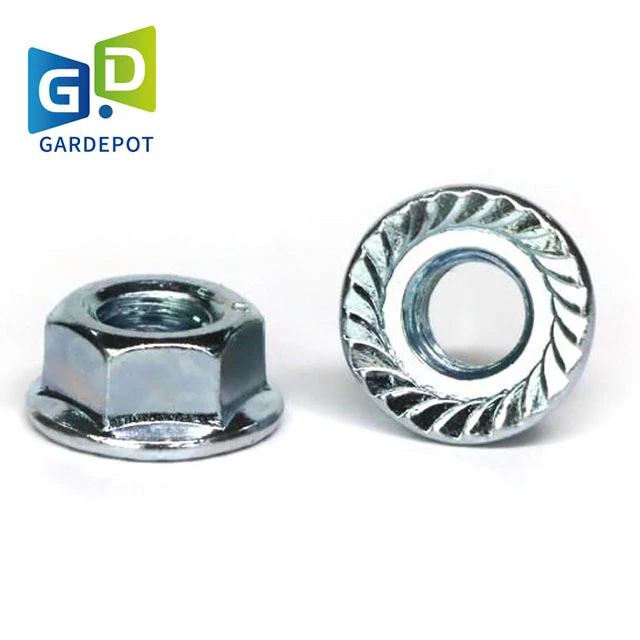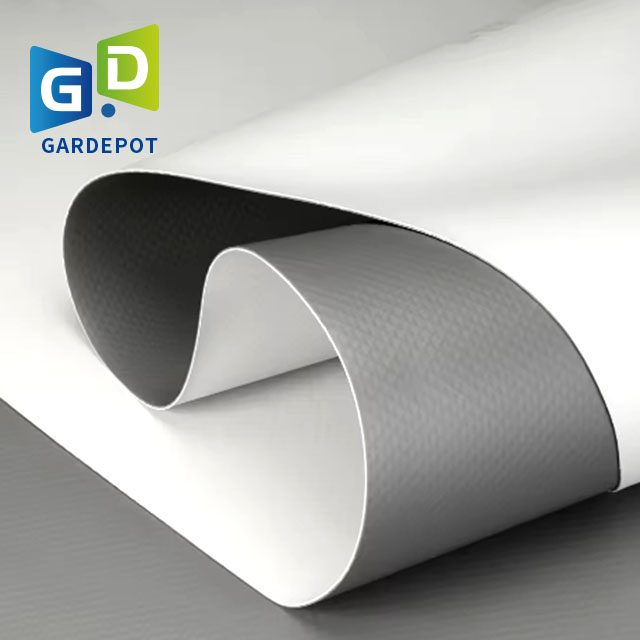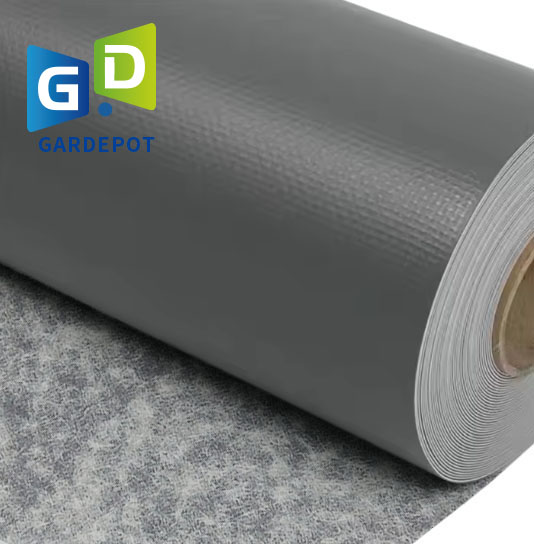3 Round Insulation Plates | Durable, Easy Install, Rustproof
Field Notes on 3 Round Insulation Plates: what roofers actually use
If you work around low-slope roofs long enough, you learn fast that the humble plate decides whether a system stays put. Lately I’ve been hands-on with 3 Round Insulation Plates in the 2-3/8″ to 3″ class—specifically a barbed metal type that’s become a go-to for TPO, PVC, and even coverboard installs. Some folks call them “discs,” others “plates,” but the goal is the same: spread the load, resist wind, and not chew up the membrane while doing it.

What’s trending (and why)
Two things I keep hearing from contractors: faster installs and better corrosion resistance. Galvanized G90 or AZ coatings are baseline now; some projects spec 304 stainless near coasts. Barbed profiles help grip insulation facers so plates don’t “spin” during torque—sounds minor, but on a windy deck, it matters. And yes, induction-weld plate systems are sneaking into more bids, though mechanical fastening still carries the day on retrofits.
Product snapshot: 2-3/8 Barbed Metal Plate
| Model | 2-3/8 Barbed Metal Plate (round) |
| OD (diameter) | ≈ 2.375 in (typical for “3 round” category alternatives span 2.5–3.0 in) |
| Material | High-quality steel; options: G90 galvanized or 304 stainless (on request) |
| Thickness | ≈ 0.6–0.8 mm (real-world use may vary by spec) |
| Features | Barbed anti-rotation profile; centered fastener seat; smooth edges |
| Use with | Self-tapping roofing screws into steel/wood decks; insulation and coverboard |
| Testing | Designed to support FM 4470 assemblies; pull-out per ANSI/SPRI FX-1; corrosion per ASTM B117 |
Origin: Room 1314, Block A, Huaye Building, No. 388 Xinhua Road, Qiaoxi District, Shijiazhuang, Hebei. I visited nearby a couple years back—busy industrial belt, lots of metalwork talent.

How they’re made and validated
- Materials: coil steel → stamping → barbing/forming → deburr → surface coating (galv or passivation).
- Methods: progressive die stamping; QC checkpoints for thickness and barb height.
- Testing: fastener pull-out (ANSI/SPRI FX-1), assembly uplift (UL 1897/FM 4470), corrosion spray (ASTM B117, 96–500 h depending on coating).
- Service life: ≈ 20–30 years in standard environments; shorter near salt spray unless stainless is used.
- Industries: commercial roofing, cold storage, logistics centers, retail boxes; occasionally EIFS back-up.
Where they shine
On mechanically attached single-ply, 3 Round Insulation Plates distribute load so screws don’t knife through facer. On recover jobs over aged BUR, a barbed plate plus coverboard gives better diaphragm action. Many customers say torque consistency improves when plates don’t spin—small time saver, but across 8,000 sq ft it adds up.
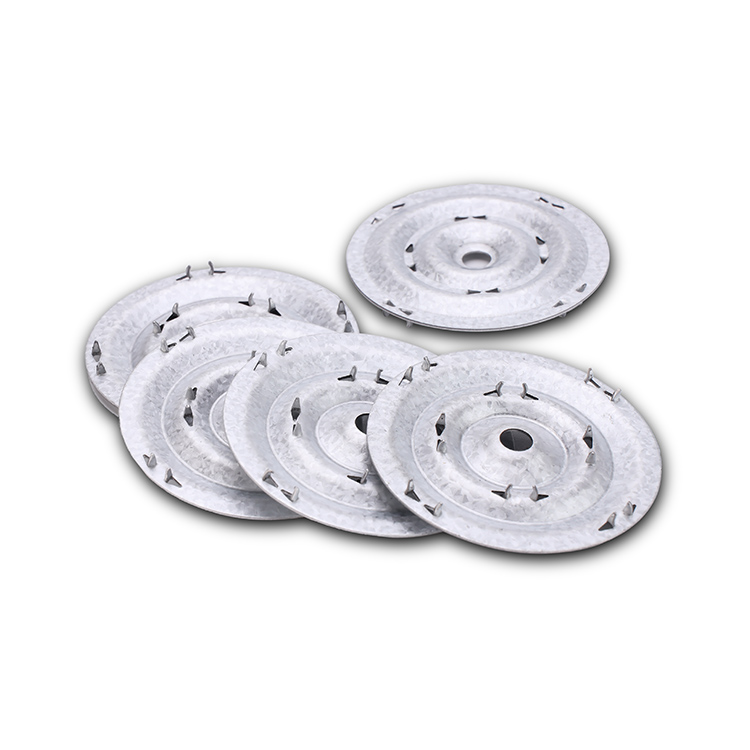
Vendor snapshot (real-world factors)
| Vendor | Coating | Typical Lead Time | Cert Notes | Notes |
|---|---|---|---|---|
| Gardepota (Hebei) | G90; 304 SS on request | ≈ 2–4 weeks | Supports FM/UL assemblies when combined | Barbed profile; factory customization |
| Importer A | Basic zinc | ≈ 6–8 weeks | Limited data sheets | Budget option; check corrosion hours |
| Domestic Brand B | G90 / SS | ≈ 1–2 weeks | Clear FM approvals list | Higher price; easy submittals |
Customization and submittals
Common tweaks: diameter 2.5″–3.0″, hole size to match #12–#15 screws, logo stamp, cartons by count, and coating upgrades. For submittals, I’d attach pull-out data, B117 hours, and the FM/UL listing for the full roof assembly (not just the plate). It seems that spec reviewers are quicker when data sheets show standards front and center.
Quick case note
A Midwestern distribution roof (TPO over polyiso) swapped smooth discs for barbed 3 Round Insulation Plates. Installer reported fewer plate spins and held target FM 1-90 using standard patterns—nothing flashy, but the punch-list was blissfully short.
Citations
- FM Approvals, Approval Standard 4470: Single-Ply, Built-Up Roof (BUR) & Modified Bitumen Roof Systems – https://www.fmapprovals.com/
- ANSI/SPRI FX-1, Standard Field Test Procedure for Determining Fastener Pullout Resistance – https://www.spri.org/
- ASTM B117, Standard Practice for Operating Salt Spray (Fog) Apparatus – https://www.astm.org/b117-19.html
- UL 1897, Uplift Tests for Roof Covering Systems – https://www.ul.com/



